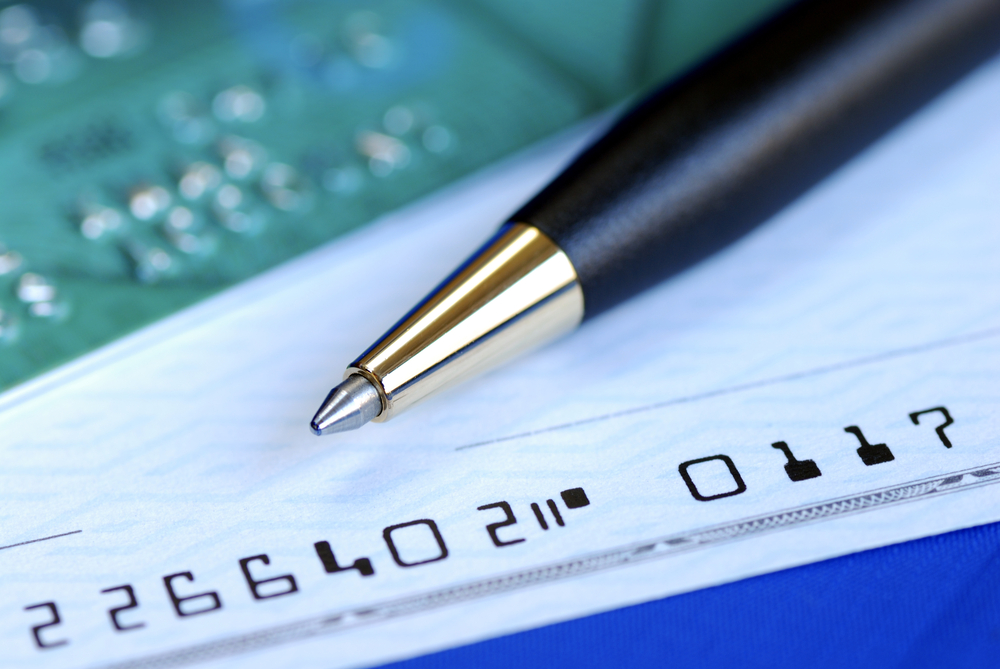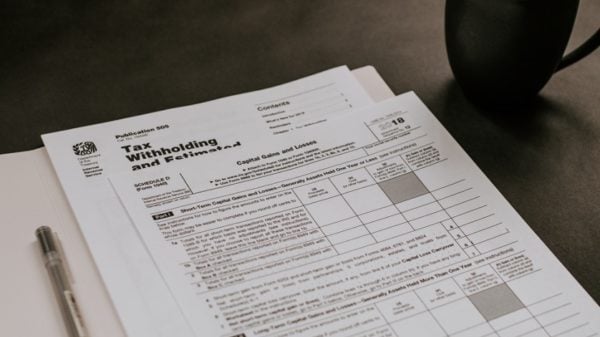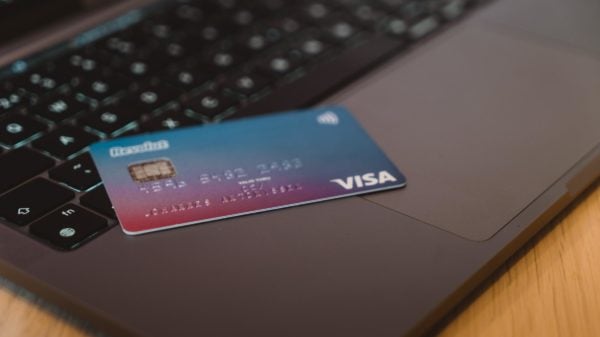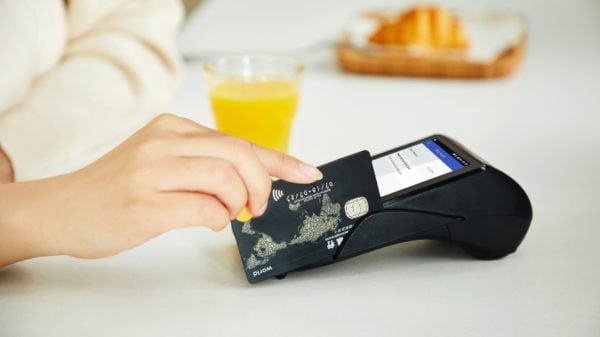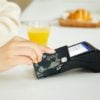The banking industry is vulnerable to losses due to various fraudulent schemes. One of the most common of these criminal acts against the banks is check kiting. Also known as check flagging, the act of check kiting takes advantage of using the float to utilize non-existing funds in a checking account or another bank account.
The FBI refers to this crime as a scheme that artificially inflates the balances in a bank account in accounts that belong to a common control to access the funds from that account illegally. It uses a systematic swapping of checks between the accounts to use the float in the banking system in an unauthorized manner.
Those who commit check kiting usually draws a check that exceeds the amount that belonged in the account. Then the offenders deposit the check into another account. Before the bank can clear the check with the first account, the funds are already withdrawn from the second account. The money is usually returned to the first account to hide the transfer.
Thus, the first bank will not have enough time to track the fraudulent transfer because it takes several days before a check gets cleared. While it can be a convenient crime, those who will get caught will deal with stiff repercussions, including a $500,000 fine and 20 year jail time.
Aside from criminal charges, the check kiting offenders may also deal with civil charges if the banks opted to sue the offenders for their loses. Legal penalties may get worse if the offenders involve major businesses and large corporations.
How To Avoid Check Kiting Scams?
There are different ways to help avoid the check kiting scams. It includes:
• Monitoring of questionable depositing and withdrawing activity to cover actual negative balances
• Checking if the total dollar credits and debits are equivalent to each other
• Keeping an eye on the account when the large check is made on the same bank
• Observing if checks are used to clear overdrafts instead of using cash
• Monitoring if someone makes irregular inquiries about account balances
• Observing if someone regularly transact with different bank branches
• Checking out the suspected person’s frequent ATM use

No matter how much value the check has, it can still be used from various crimes like check kiting.
What To Do After Detecting Check Kiting Activities
Here are some of the steps that you need to make to stop possible kiter from their devious ways:
• Alert the management. It would be best if all bank institutions have an effective tough mechanism that can be used to determine a possible check kiter.
• After identifying the suspects, the bank should closely monitor their transactions to check and prevent any possible fraudulent activities.
• The banks and other financial institutions must get in touch with other banks concerning the types of transactions made by the possible kiter. It will help confirm if there are enough funds on the accounts mentioned by the suspected individual.
Check kiting can affect an entire banking institution. So make sure that you will exert extra measures to stop this from happening if you work for the banking industry.


















































